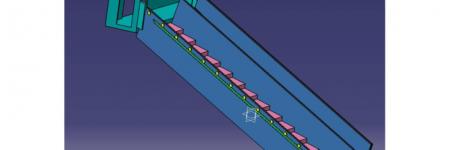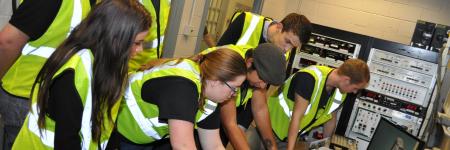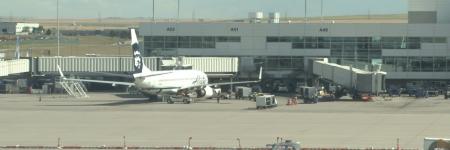The aviation industry has maintained an impressive safety record and earned the reputation of being the safest mode of transportation. However, as we look forward, the International Air Transport Association (IATA) characterizes future scenarios along two axes: geopolitics and data[1]. Accordingly, we could see a new frontiers scenario with turbulent geopolitics, but connected and open access to data. On the opposite side, the platforms scenario calls for a calm geopolitical world with closed data. In either scenario, the grand challenge for aviation safety would be to develop safe and effective ways to use all forms of data (big data) and move—as a global industry—further toward predictive analytics with respect to the performance of humans, machines, and systems. Similarly, there are new challenges emerging in the broader transportation sector as a result of technological innovations like “driverless cars.”
In support of the above grand challenge, the School of Aviation and Transportation Technology is engaged in research projects on the following topics:
- Airport Operations
- Human, Technology, and Systems Integration
- Simulation and Training
- Human Error and Individual Professionalism
- Safety Culture
[1] https://www.iata.org/policy/Documents/iata-future-airline-industry.pdf
Three teams from the Purdue Polytechnic Institute won first place in three airport challenges at the Transportation Research Board’s annual University Design Competition for Addressing Airport Needs, a design challenge presented by the Airport Cooperative Research Program (ACRP). Two additional Polytechnic teams placed second and third.
A unique senior capstone course is providing aviation students with international problem-solving experience for real-world clients.
Yilin Feng, Shelby K. Hobbs, Changmin Xiong and Chuyang Yang, students in Purdue Polytechnic’s School of Aviation and Transportation Technology, won first place in the Airport Cooperative Research Program’s University Design Competition for Addressing Airport Needs.
Our Focus on Safety



